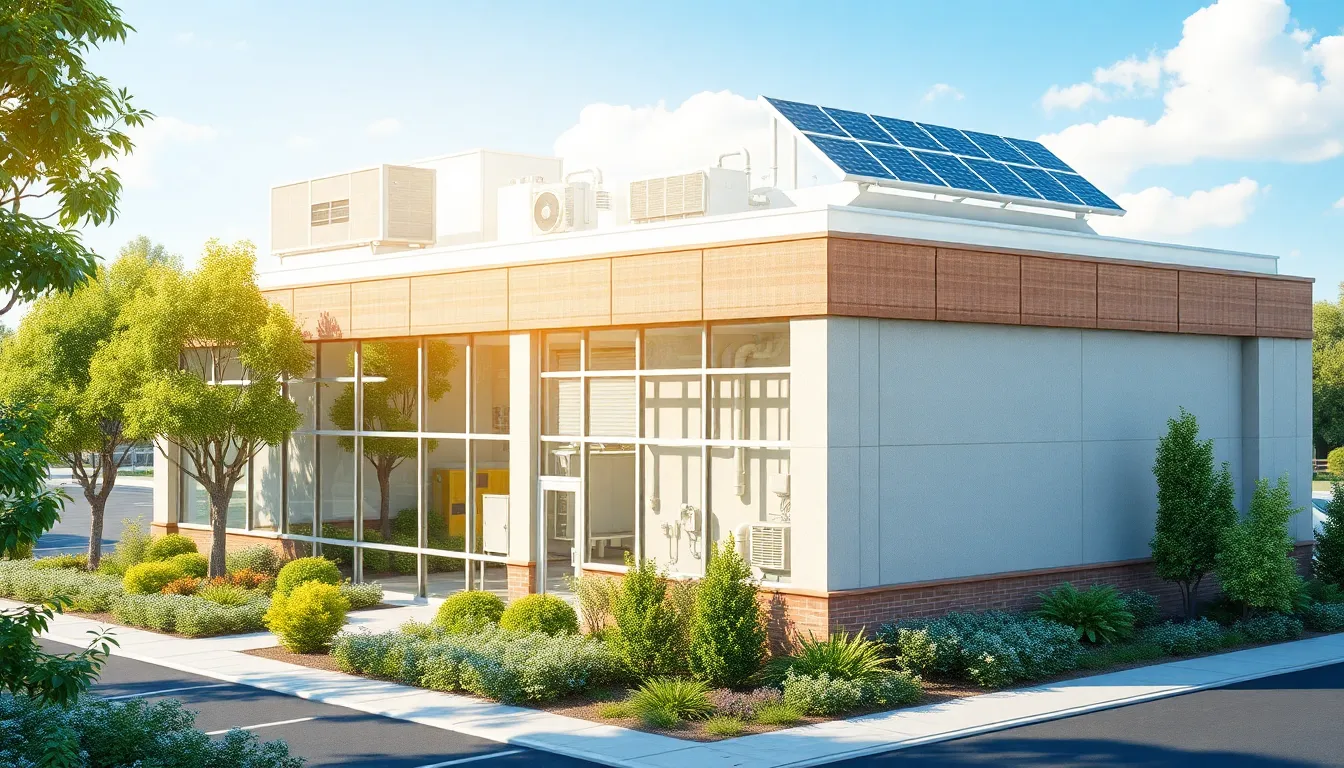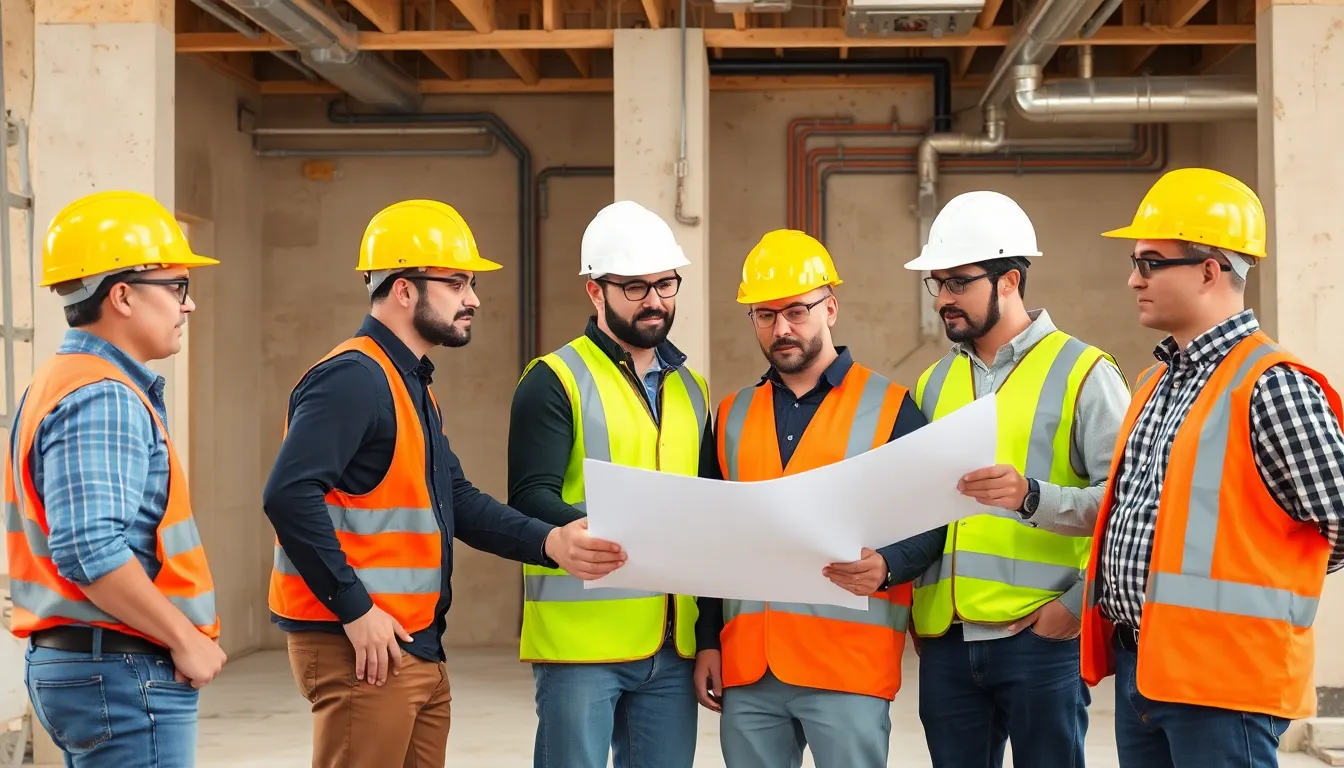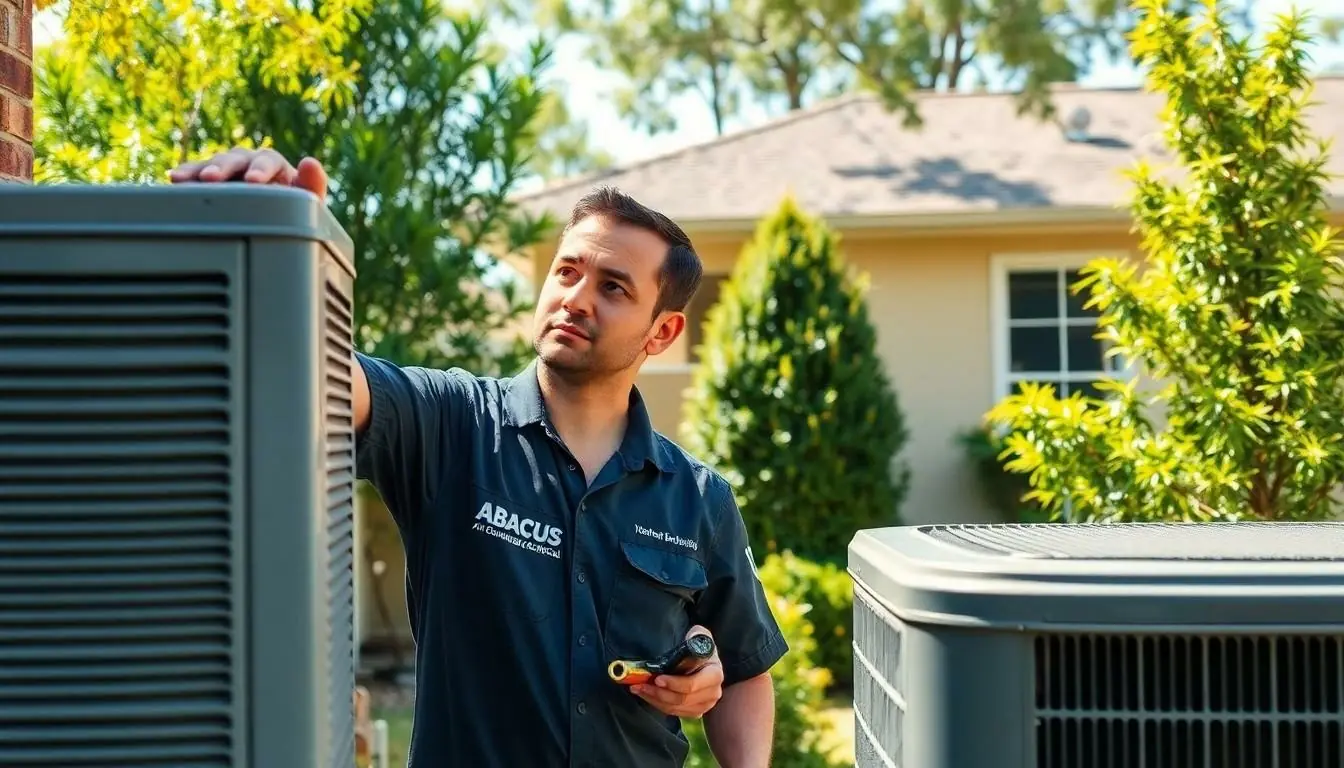Table of Contents
ToggleIn the world of construction and building management, MEP—Mechanical, Electrical, and Plumbing—plays a starring role. It’s like the unsung hero of any project, quietly ensuring everything runs smoothly while the spotlight shines on the flashy aesthetics. Without MEP, buildings would be nothing more than glorified art installations, leaving occupants in the dark and without a warm shower.
Imagine a life where your lights flicker like a disco ball and your heating system has a mind of its own. Not exactly a dream scenario, right? MEP professionals are the wizards behind the curtain, blending technical expertise with a dash of creativity to keep everything in sync. So, whether you’re building a cozy home or a towering skyscraper, understanding MEP is key to avoiding a comedy of errors and ensuring your project is a success.
Overview of MEP Mechanical Electrical Plumbing
MEP refers to the integration of mechanical, electrical, and plumbing systems in buildings. These systems play a critical role in maintaining comfort and safety. Mechanical systems manage heating, ventilation, and air conditioning, ensuring optimal indoor climates. Electrical systems distribute power, support lighting, and enable the operation of various equipment. Plumbing systems facilitate water supply, drainage, and waste management.
Collaboration among MEP professionals ensures that each system complements the others. Engineers design MEP systems to meet code requirements and energy efficiency standards. Their expertise prevents common issues such as power failures and clogs.
Recent advancements in technology enhance MEP design. Building Information Modeling (BIM) enables precise engineering and project management. This approach reduces construction delays and minimizes errors.
Testing and balancing processes verify that systems function as planned. Regular maintenance further ensures reliability throughout a building’s lifecycle. MEP specialists conduct inspections and implement upgrades to address evolving needs.
The benefits of effective MEP systems extend beyond functionality. They contribute to a building’s overall sustainability and environmental impact. Energy-efficient designs save operational costs and support green building certifications.
Understanding MEP is essential for successful construction projects. Stakeholders from different backgrounds must collaborate to align goals and ensure system integration. Prioritizing effective MEP in building design enhances livability and functionality.
Importance of MEP Systems

MEP systems are vital for the operation and sustainability of any building. These integrated systems ensure that mechanical, electrical, and plumbing elements work in harmony to provide comfort and safety.
Efficiency and Sustainability
Efficiency is a priority for modern buildings, and MEP systems play a critical role in achieving it. Mechanical systems optimize heating and cooling, while electrical systems utilize energy-efficient lighting and power solutions. Implementing smart controls enhances reliability and environmental performance. Sustainability benefits from MEP through reduced energy consumption and lowered greenhouse gas emissions. Efficient plumbing designs minimize water waste, further contributing to sustainable building practices.
Cost-Effectiveness
Cost-effectiveness stems from well-designed MEP systems that prevent issues and reduce operational expenses. Investing in energy-efficient technologies lowers utility bills, providing long-term savings. Maintenance costs decrease due to reliable systems that experience fewer breakdowns and repairs. Proper integration of MEP elements also eliminates redundancies, optimizing resource use. Ultimately, prioritizing MEP design leads to lower overall project costs while ensuring high performance and functionality.
Components of MEP Systems
MEP systems consist of three main components: mechanical systems, electrical systems, and plumbing systems. Each plays a crucial role in ensuring buildings operate efficiently and effectively.
Mechanical Systems
Mechanical systems control heating, ventilation, and air conditioning (HVAC). These systems ensure comfort by regulating indoor temperatures and air quality. Using advanced technology, such as variable refrigerant flow (VRF) systems, enhances energy efficiency. Additionally, proper duct design allows for balanced airflow throughout spaces. Professionals often implement programmable thermostats to optimize performance further. Regular maintenance prevents breakdowns and extends system lifespan, emphasizing the need for ongoing checks.
Electrical Systems
Electrical systems distribute power to buildings, ensuring functionality for lighting, appliances, and security. Components include transformers, switchgear, and wiring designed to meet code requirements. Smart grid technology allows for remote monitoring and energy management, enhancing efficiency. Efficient lighting solutions, such as LED fixtures, reduce energy consumption significantly. Surge protection devices safeguard sensitive equipment from power spikes, highlighting the importance of reliability. Regular inspections address potential issues before they escalate.
Plumbing Systems
Plumbing systems manage water supply, drainage, and waste disposal. Components like pipes, fixtures, and water heaters ensure proper operation. Choosing low-flow fixtures conserves water while providing adequate performance. Additionally, drainage systems designed with slope and venting prevent clogs and backups. Regular maintenance, such as clearing drains, ensures long-term reliability. Innovative solutions, such as graywater recycling, promote sustainability by reducing overall water usage.
Design and Implementation of MEP
Effective design and implementation of MEP systems play a crucial role in building performance and sustainability. Professionals must meticulously plan and coordinate these systems to ensure seamless integration.
Planning and Coordination
Planning and coordination are essential steps in MEP integration. Engineers must create accurate layouts that consider mechanical, electrical, and plumbing elements. Effective communication among design teams helps identify potential conflicts early, reducing costly changes during construction. Utilizing Building Information Modeling (BIM) facilitates real-time collaboration, enabling all stakeholders to visualize the project and address challenges collaboratively. Early alignment of goals ensures that energy efficiency meets code compliance, ultimately leading to a more sustainable building.
Challenges in MEP Design
Challenges in MEP design often arise from complex building layouts and evolving technologies. Heavily congested mechanical spaces can complicate installation while conflicting system requirements may lead to inefficiencies. Additionally, rapid advancements in technology demand continuous adaptation, putting pressure on designers to stay current. Budget constraints often limit innovative solutions, requiring creative problem-solving. Meeting strict deadlines adds another layer of complexity, necessitating agile project management strategies. Addressing these challenges proactively promotes successful project outcomes and maintains building integrity.
MEP systems play a pivotal role in the overall functionality and efficiency of buildings. Their integration ensures comfort safety and sustainability while minimizing operational costs. As technology advances MEP professionals must adapt to new challenges and innovations to maintain optimal performance. Investing in well-designed MEP systems not only enhances building livability but also supports environmental goals. By prioritizing collaboration and meticulous planning among stakeholders the construction industry can achieve successful outcomes that meet modern demands. Ultimately understanding MEP is key to creating spaces that are not only functional but also sustainable for future generations.







